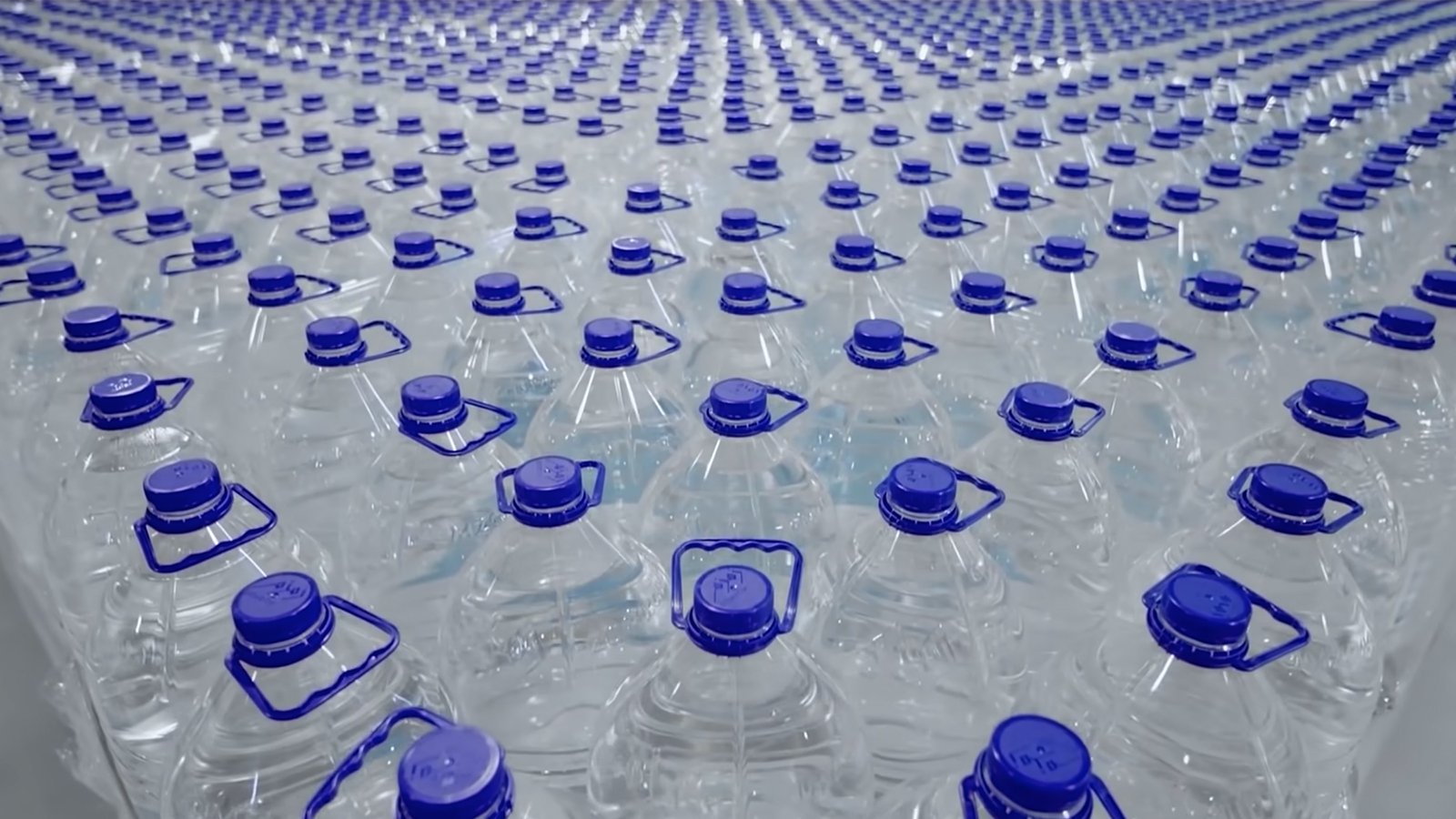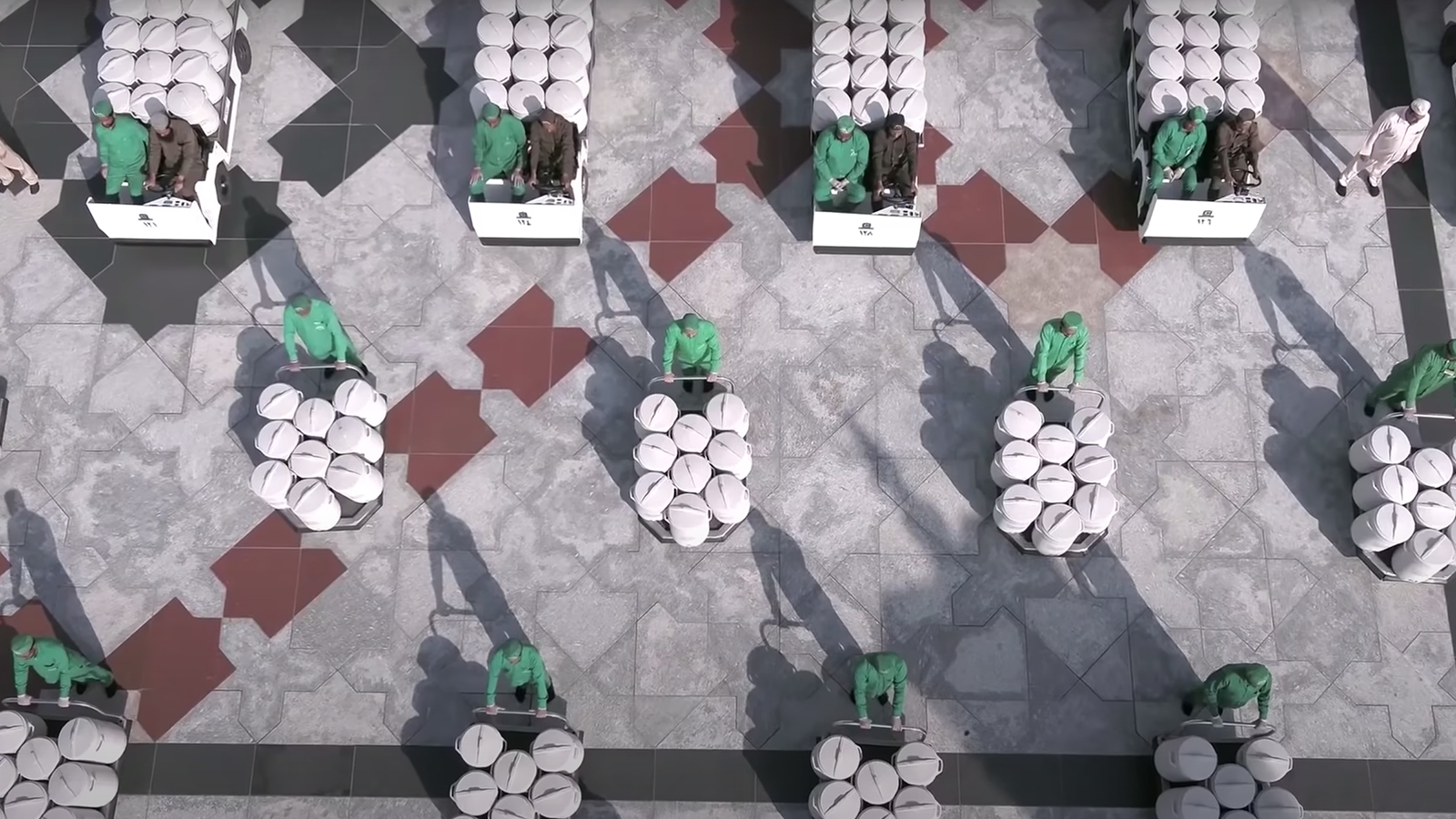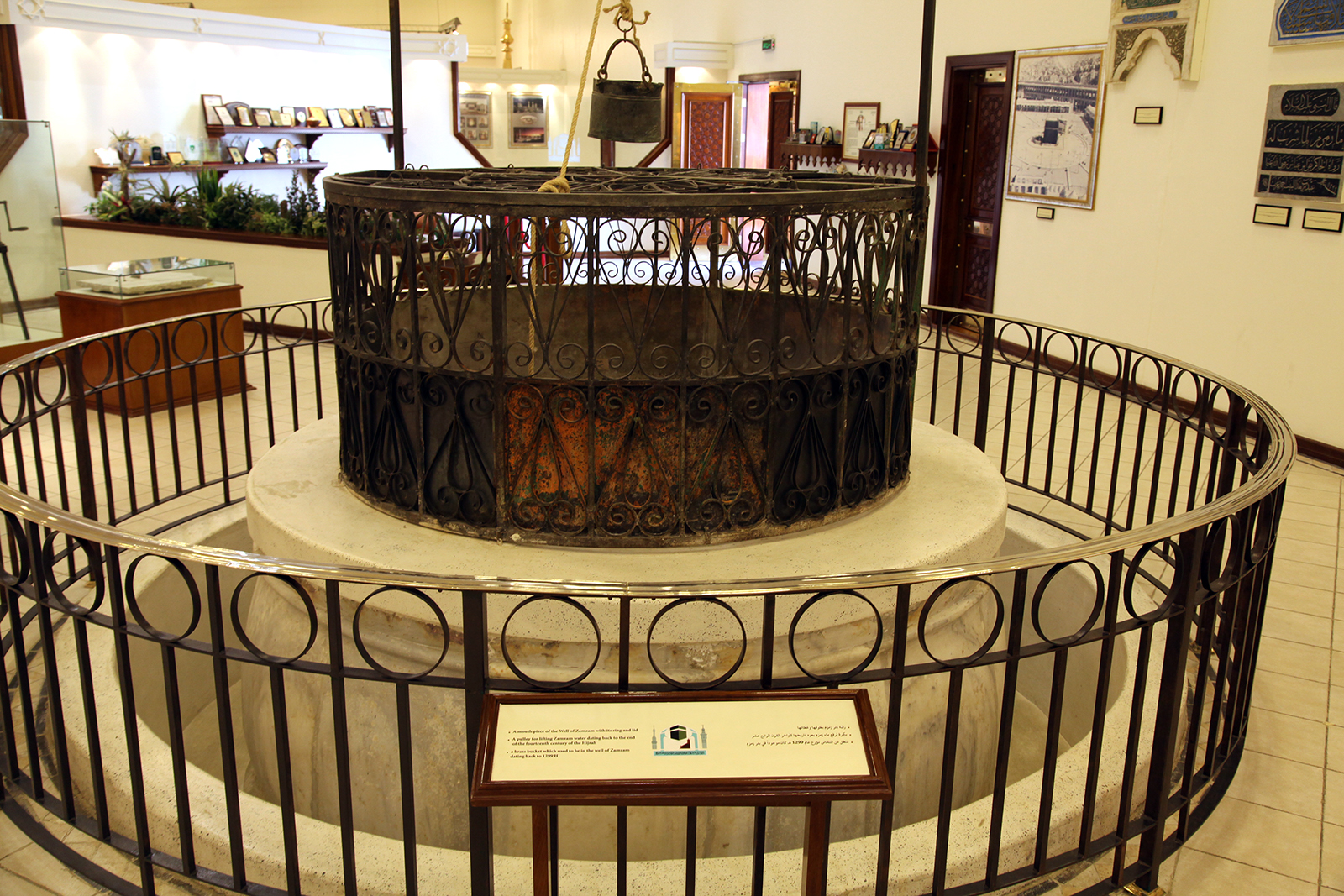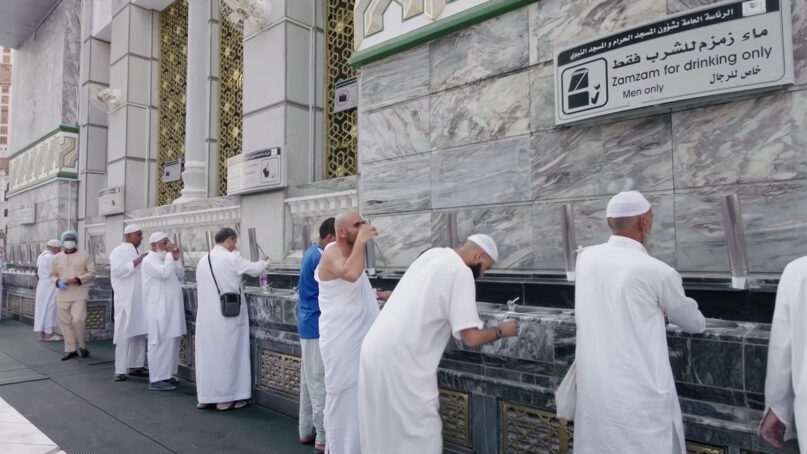(RNS) — Mementos of making the hajj, the pilgrimage to Mecca required of all able Muslims who can afford the trip at least once in their lifetime, can draw from ancient tradition — as in the prayer rugs many hajjis bring home — or from latest fads — a selfie in front of Mecca’s Grand Mosque will do for many.
At this year’s hajj, a portion of holy Zamzam water may serve as both ancient and high-tech souvenir, as the collection and distribution of Islam’s holiest water has adapted to technology and the pandemic.
In an effort to keep COVID-19 transmission to a minimum, Saudi authorities have deployed 20 robots to serve Zamzam water bottles to often bemused pilgrims.
RELATED: Senegal sees dramatic COVID-19 surge as major holiday looms
Despite the loss in revenue it has cost the national treasury, Saudi Arabia has allowed only 60,000 vaccinated Saudi Arabians to attend hajj this year, down from the millions who normally visit from around the world. Normally, many pilgrims take some of the liquid home, as passengers on outbound flights from Saudi Arabia are allowed to take up to 5 liters aboard their return flights.

Bottles of Zamzam water await distribution in Mecca, Saudi Arabia. Video screen grab
But with many fewer pilgrims going to Mecca for hajj and umrah, the flow of Zamzam out of Saudi Arabia has slowed to a trickle, inducing some desperate measures to acquire the liquid as supplies in some areas have dried up due to pandemic-induced supply disruptions.
Last month a police operation in Malaysia uncovered an attempt to smuggle some $50,000 in Zamzam water into the country. “The modus operandi in smuggling zamzam water is to declare it as juices and drinking water to avoid a higher tariff,” according to a statement to the media from Malaysian law enforcement.
Zamzam water’s appearance in Islam goes back to the Quranic story of Hagar, the exiled wife of the Prophet Abraham, being left alone in the desert with her crying son, Ishmael. At some point, water was miraculously revealed to the duo. The sudden spring was so plentiful that Hagar told the water, “Zamzam” — “stop flowing” — to no avail.
That well is believed to be the same that flows near the Kaaba, the cube that sits at the center of the Grand Mosque and the holiest site in Islam.
In the era before pilgrims to Mecca traveled by air, some Indonesian pilgrims would add a few drops of Zamzam water to a local well or spring, believing that even diluted it would confer its holy properties. A number of wells near the Indonesian city of Yogyakarta are said to contain such levels of Zamzam water that they are singled out by local Muslim pilgrims.

Workers pose with Zamzam water coolers for a video in Mecca, Saudi Arabia. Video screen grab
In Qing-era China, it was stored in blue ceramic vases meant for display. In some parts of Asia, the water is kept and served with rose water or other desserts to mark and bless a life event. Elsewhere, returning pilgrims distribute the water among relatives and friends, who drink a small portion to receive the blessings of the hajj. In a number of Islamic cultures, notably in the Horn of Africa, “Zamzam” is a name given to girls.
Today Zamzam water can be found on sale on Amazon, along with reputedly healing waters of Lourdes, France, the site of an apparition by the Virgin Mary, and water from the Jordan River, where Christ is believed to have been baptized, and the Ganges, sacred to Hindus.
RELATED: With pandemic in mind, pared-back hajj in Mecca for 2nd year
For centuries, the role of distributing Zamzam water was reserved for the family of an early caliph, Abd Allah ibn Al-Zubayr. Attendants in traditional clothes passed out water to pilgrims from copper pots until 1982, when the process was modernized. Today, after being treated, the water is pumped from two sealed tanks.
The original well where water was once drawn up with ropes and buckets has long since been retired to the Two Holy Mosques Architecture Exhibition. One day, perhaps the first robots to serve Zamzam water will join them in the display.

The old rails and bucket of the Zamzam well are preserved in a museum in Mecca. Photo by Mohammad Bahareth/Creative Commons





